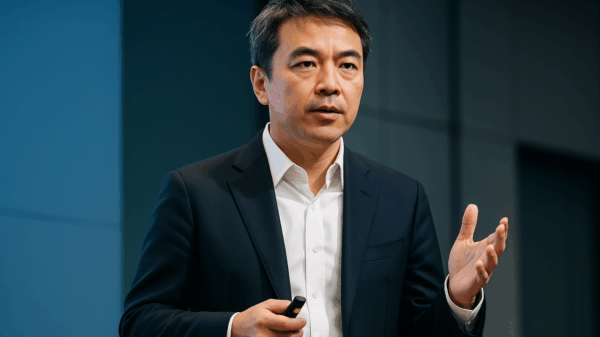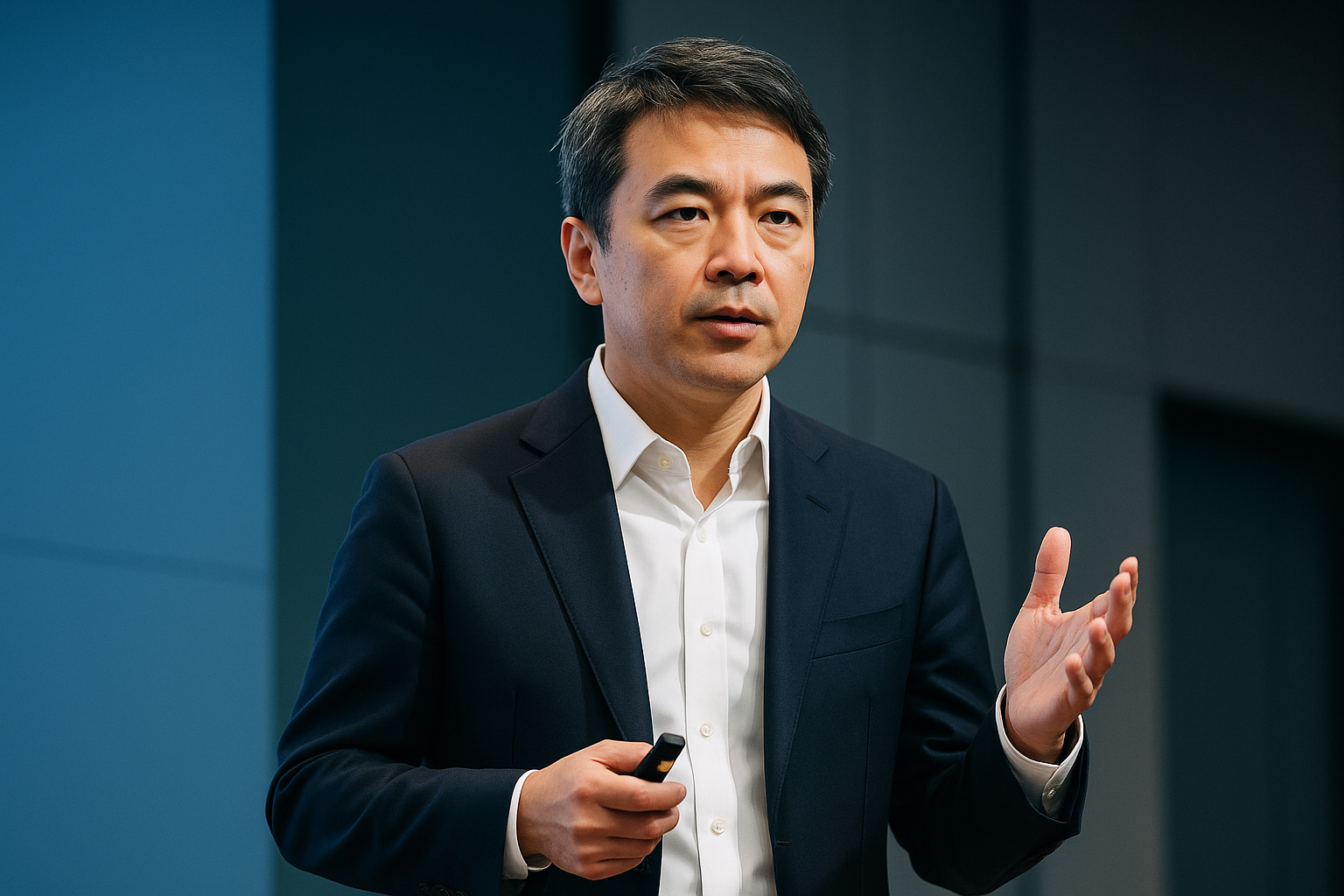TOKYO—In a significant development for Japan’s position in the global AI landscape, the Tokyo-based startup Sakana AI has raised $135 million in Series B funding, elevating its valuation to $2.65 billion. This funding round, announced on November 17, 2025, not only positions Sakana AI as Japan’s most valuable unicorn but also underscores the country’s strategic focus on developing culturally aligned generative AI models aimed at vital sectors such as finance and defense.
Founded in 2023 by former Google researchers David Ha, Llion Jones, and Ren Ito, Sakana AI derives its name from the Japanese word for “fish,” symbolizing a collective intelligence similar to a school of fish. This innovative venture diverges from the compute-heavy approach of larger AI enterprises, instead emphasizing efficient, nature-inspired models that integrate existing open-source AI to create optimized foundational models.
This funding aligns with Japan’s broader ambition for AI sovereignty, supported by government initiatives focused on reducing reliance on technology from the United States and China. The company’s models are specifically tailored to the Japanese language and cultural nuances, making them particularly suited for domestic applications where precision is critical.
Fast-Track Growth: From Seed to Series B
Sakana AI’s impressive trajectory began with a $30 million seed funding round in January 2024, led by Lux Capital and Khosla Ventures. This was followed by a robust Series A round in September 2024, which raised approximately $200 million from a consortium that included major players like Mitsubishi UFJ, SMBC, Mizuho, Itochu, KDDI, Nomura, and Nvidia.
See also Finance Ministry Alerts Public to Fake AI Video Featuring Adviser Salehuddin Ahmed
Finance Ministry Alerts Public to Fake AI Video Featuring Adviser Salehuddin AhmedThe Series B funding was led by Mouro Capital and Factorial Funds, with participation from In-Q-Tel, the CIA’s venture arm, highlighting potential defense applications. In a post on X (formerly Twitter), David Ha emphasized the company’s commitment to sustainable AI technology: “From day one, we’ve taken a different path. Our research has always focused on developing efficient AI technology sustainably, driven by the belief that resource constraints—not limitless compute—are key to advancement.”
Innovative Technology: Nature-Inspired Models
The core of Sakana AI’s technological edge lies in its “evolutionary model merge” method, which utilizes evolutionary strategies to combine open-source models into new entities with desired functionalities. This method allows for the automated discovery of new ways to merge models of varying architectures, as noted by AI enthusiast Lior Alexander in a March 2024 post. Unlike the resource-intensive training methods employed by larger firms, Sakana AI leverages collective intelligence inspired by natural systems to create efficient AI.
Support from the Japanese government, including access to a GPU cluster via the NEDO GENIAC program, has accelerated Sakana’s research capabilities. In a September 2024 update, David Ha celebrated receiving an award from Japan’s METI/NEDO for their groundbreaking work, further solidifying Sakana’s position in Japan’s AI ecosystem.
Culturally Aligned Solutions for Domestic Needs
What distinguishes Sakana AI is its focus on models specifically optimized for the Japanese language and culture. As reported by Investing.com on November 17, 2025, the startup is committed to developing affordable generative AI models that address gaps in global models often underperforming in non-English contexts. This cultural alignment is particularly crucial for sectors demanding high accuracy, such as legal and financial documentation.
With the backing of Japan’s three megabanks—Mitsubishi UFJ, SMBC, and Mizuho—Sakana AI is poised to transform the financial landscape by enhancing fraud detection, risk assessment, and automated trading systems tailored to Japan’s regulatory environment. Industry analysts suggest that these culturally aligned LLMs will better handle nuanced Japanese financial terminology, thereby minimizing errors in critical transactions.
Strategic Ventures into Defense and Future Aspirations
The involvement of In-Q-Tel in Sakana’s funding indicates a strategic move towards defense applications, which aligns with Japan’s efforts to establish AI sovereignty amidst growing regional tensions. With a substantial valuation, Sakana AI is not only targeting banking but also defense sectors, leveraging its efficient models for cybersecurity and intelligence analysis.
As global investments in AI continue to surge, Sakana AI’s model-merging strategy could inspire a shift towards sustainable approaches in the industry. With solid government backing and a diverse investor base, the startup is well-positioned to lead in culturally sovereign AI solutions, impacting both domestic and international markets.







































































